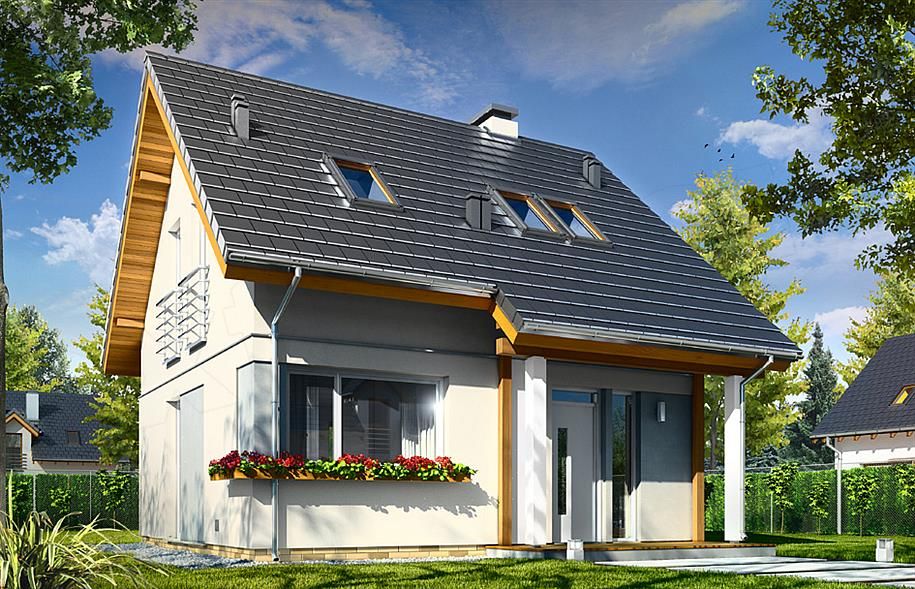In recent years, the concept of tiny houses has taken the world by storm. These compact, efficient homes reflect a shift in how people perceive living spaces, offering a blend of sustainability, affordability, and innovation. Tiny house architecture is not just a trend but a movement challenging conventional notions of home design.

What Defines a Tiny House?
A tiny house typically ranges between 100 and 400 square feet. Despite their small size, these homes are thoughtfully designed to maximize functionality. Depending on the owner’s lifestyle and needs, they may be built on wheels (tiny houses on trailers) or foundations. The core principle is to create a complete and fulfilling space using minimal resources.
Key Elements of Tiny House Architecture
- Efficient Use of Space
The cornerstone of tiny house architecture is space optimisation. Every square inch is utilised effectively, often serving multiple purposes. For instance, a staircase might double as storage, and a foldable dining table could transform into a workspace. - Multi-functional Furniture
Built-in furniture is a hallmark of tiny homes. Beds that fold into walls, sofas with hidden compartments, and tables that expand or collapse are common. These innovations ensure functionality without compromising comfort. - Vertical Design
With limited floor space, architects often go vertical. High ceilings and loft areas create additional living or sleeping quarters, making the house feel more spacious. - Natural Light and Air Flow
Large windows, skylights, and open layouts are integral to tiny house designs. They enhance natural light, reduce the need for artificial lighting, and improve ventilation, creating a sense of openness. - Eco-Friendly Features
Sustainability is at the heart of tiny house architecture. Many designs incorporate solar panels, rainwater collection systems, composting toilets, and energy-efficient appliances, allowing homeowners to live off-grid.
Benefits of Tiny House Architecture
- Affordability
Tiny houses are significantly cheaper to build and maintain compared to traditional homes. They provide a solution for those seeking affordable housing options without sacrificing quality. - Sustainability
With smaller footprints, these homes consume fewer materials and energy, reducing their environmental impact. They align perfectly with the global push toward green living. - Minimalism
Tiny living promotes a minimalist lifestyle, encouraging residents to prioritise essentials and declutter. This often leads to a simpler, more focused life. - Flexibility and Mobility
Tiny houses on wheels offer the advantage of mobility. Owners can travel without losing the comforts of home, making them ideal for adventurers and remote workers.
Challenges in Tiny House Design
While the concept is appealing, designing and living in a tiny house comes with its challenges:
- Zoning and Legal Restrictions
Many cities have strict zoning laws that can complicate tiny house construction. Ensuring compliance with local regulations is a crucial step. - Limited Storage
Downsizing requires careful consideration of belongings. Tiny house owners often have to let go of items they don’t use frequently. - Adapting to a Smaller Space
Living in a tiny house requires an adjustment period, especially for those accustomed to larger homes. Privacy and personal space can also be concerns for families.
Future of Tiny House Architecture
The popularity of tiny houses is driving architectural innovation. Advanced technologies, such as 3D printing and modular construction, are making tiny homes even more accessible. Designers are exploring new materials and techniques to improve insulation, durability, and energy efficiency.
Additionally, communities of tiny houses, known as “tiny house villages,” are emerging worldwide. These offer shared amenities and foster a sense of community among like-minded individuals. Such developments point toward a sustainable and socially connected way of living.
Who Can Benefit from Tiny Houses?
- First-Time Homebuyers: Tiny homes are an affordable entry point into homeownership.
- Retirees: Downsizing allows retirees to live comfortably without maintaining a large property.
- Environmentalists: Eco-conscious individuals find tiny houses an ideal way to reduce their carbon footprint.
- Digital Nomads: The mobility of tiny homes on wheels suits those who value flexibility and adventure.
Conclusion
Tiny house architecture is redefining the concept of home by blending efficiency, sustainability, and creativity. It’s not just about living smaller; it’s about living smarter. As society continues to embrace minimalist lifestyles and eco-friendly solutions, tiny houses stand out as a revolutionary option for modern living. Whether you’re looking to downsize, reduce your environmental impact, or simply embrace a unique way of life, tiny houses offer endless possibilities.


Pingback: Properties in Coimbatore